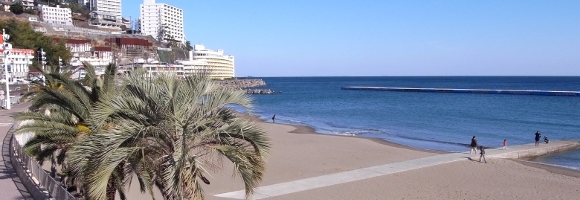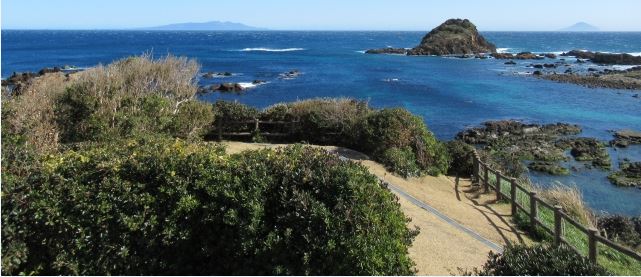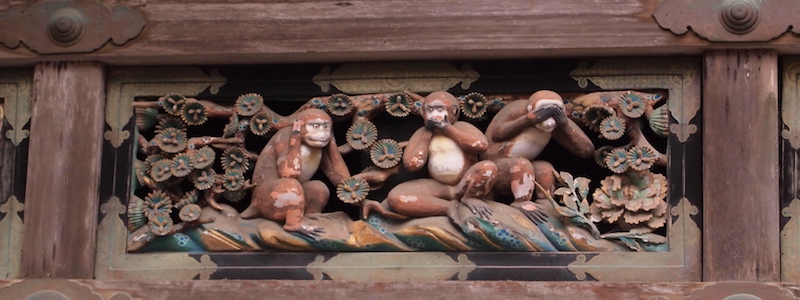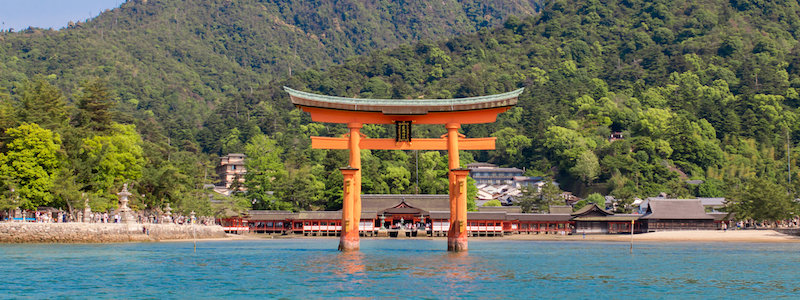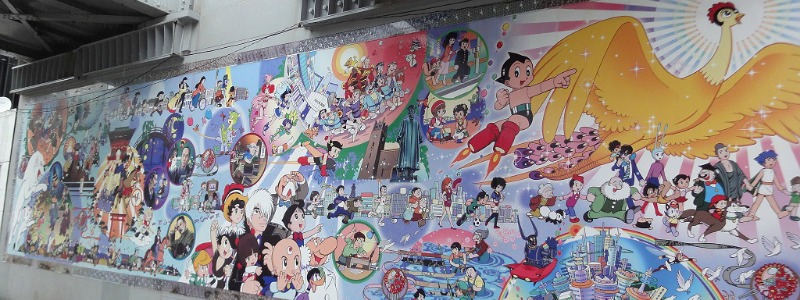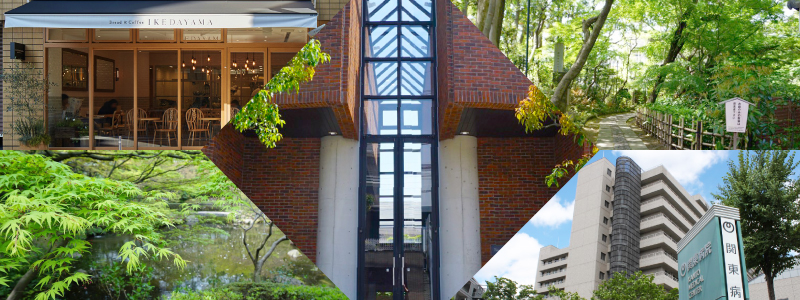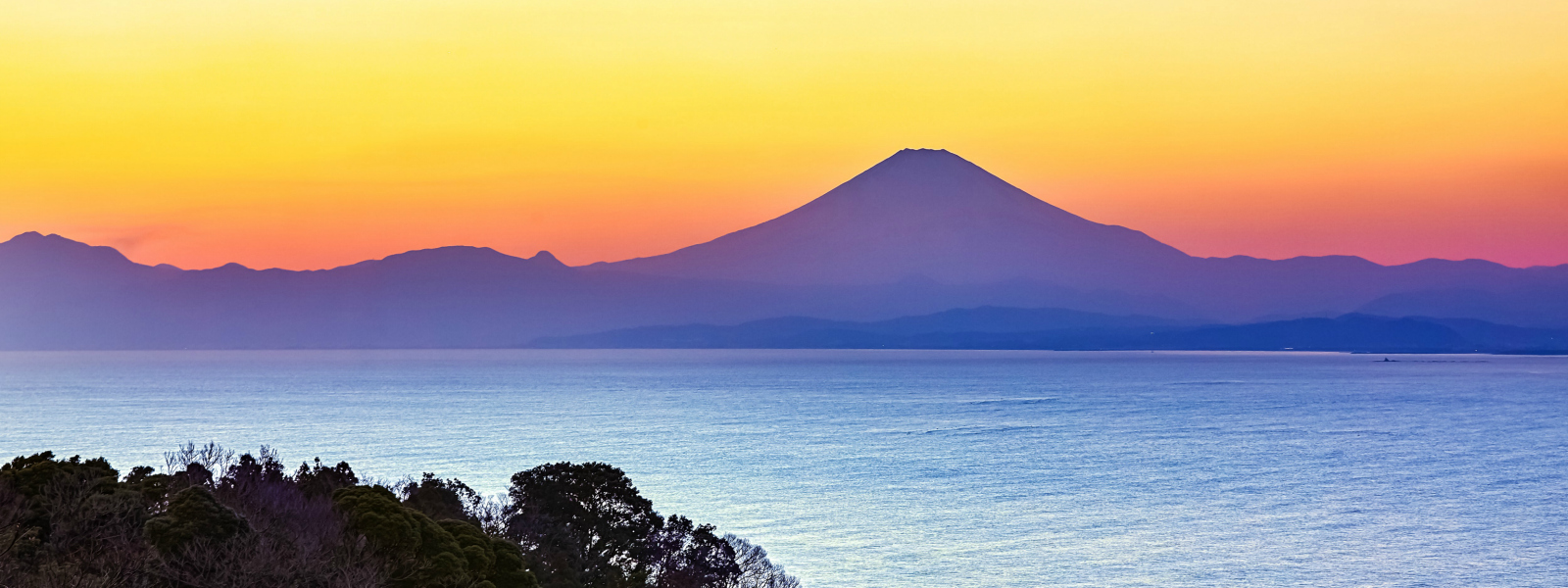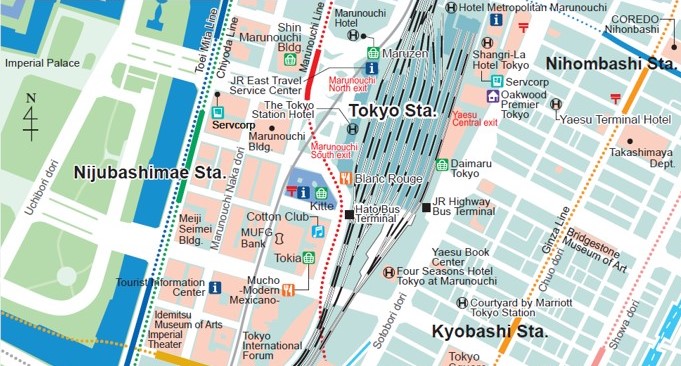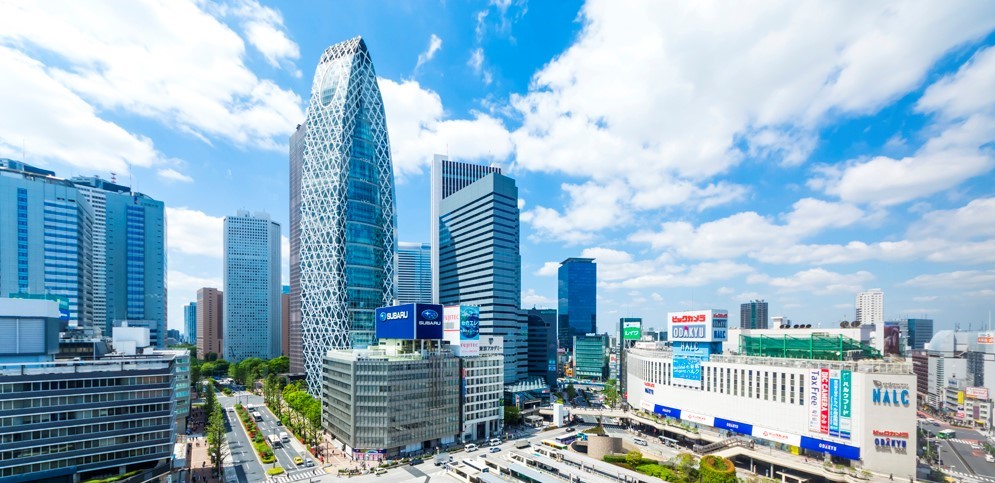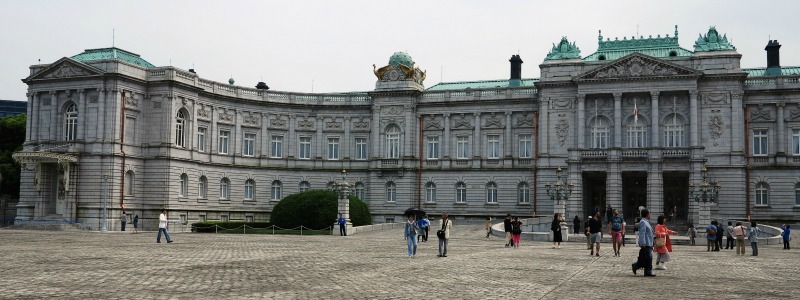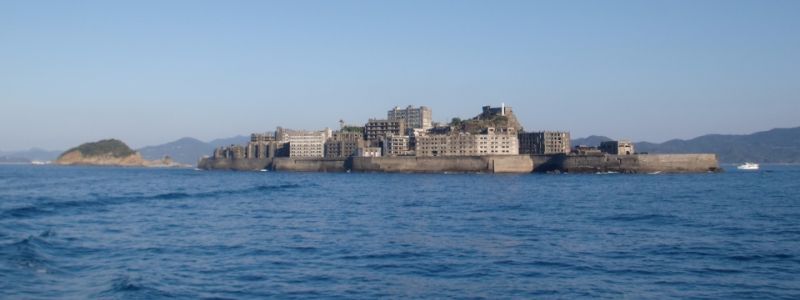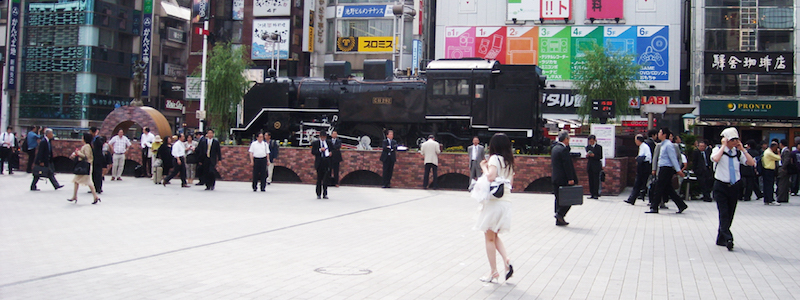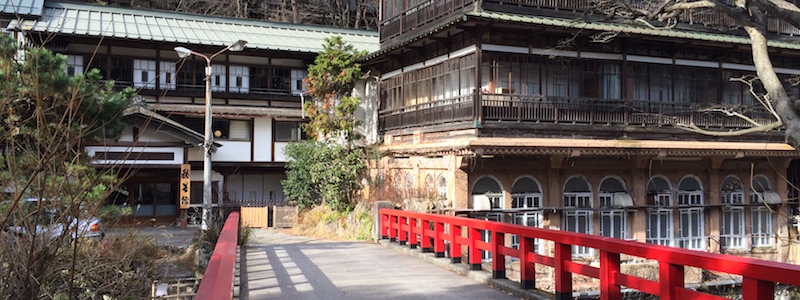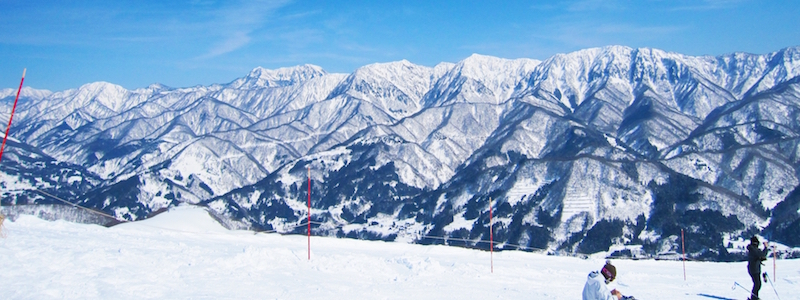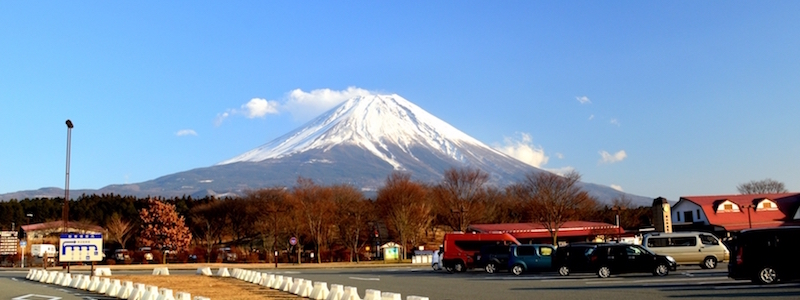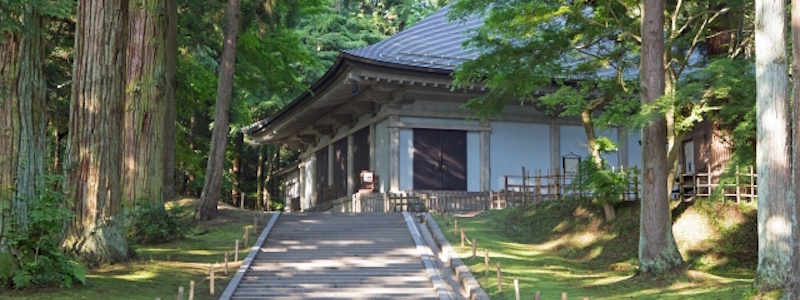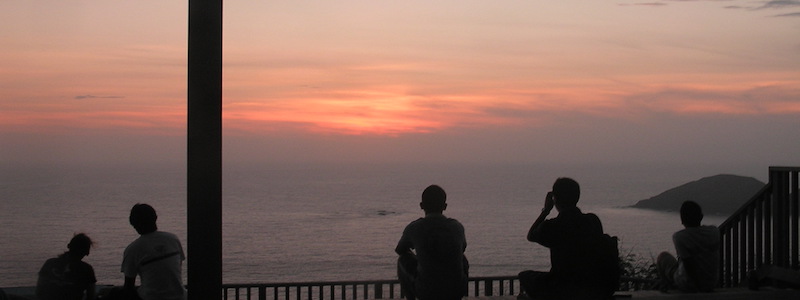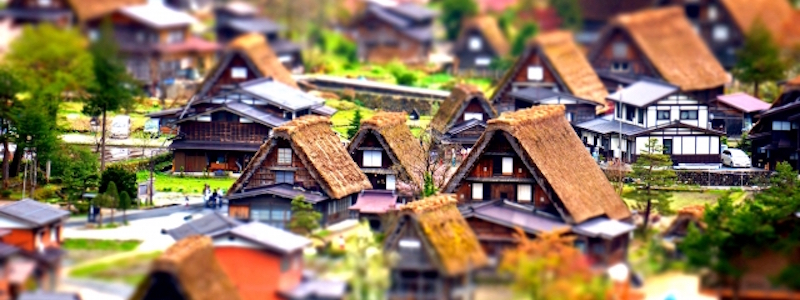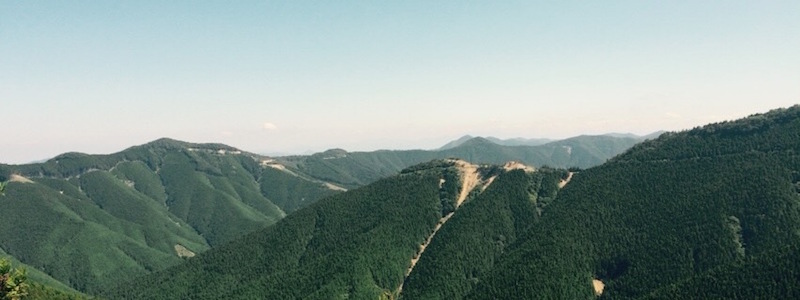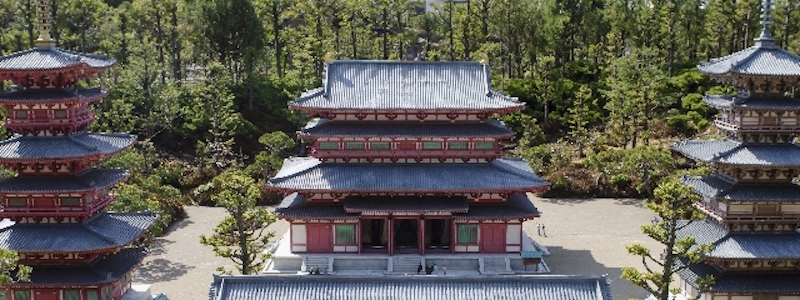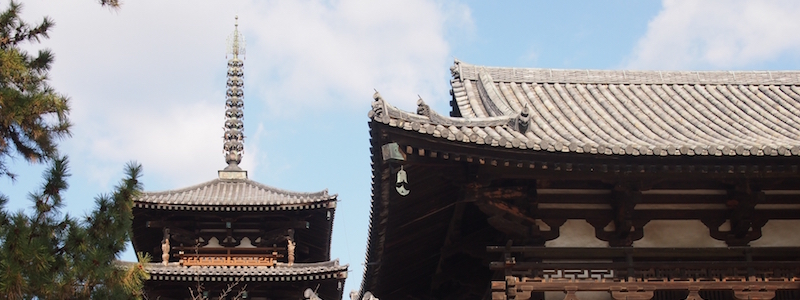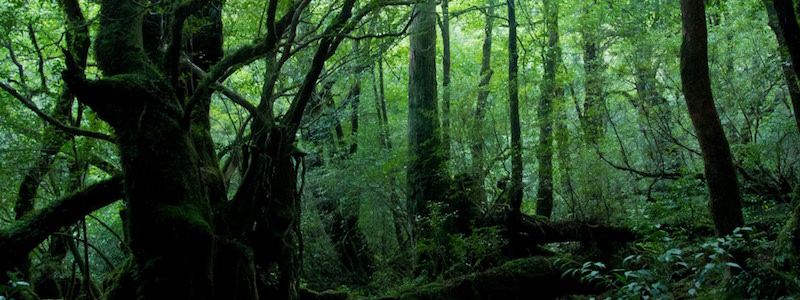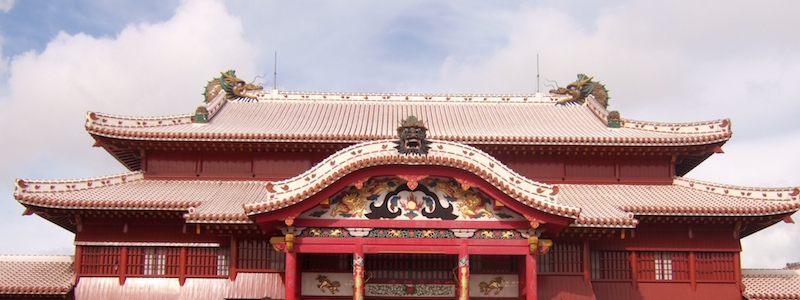The Expat's Guide to Japan
Everything you need to know about living and working in Tokyo & Yokohama
More results...
Blog Archives
Atami
Got a free weekend? Hawaii and Guam are too far away, and Okinawa’s too expensive? Shizuoka might just be the place for you then. To be precise, the small and cozy seaside town of Atami. Located just 100km south of…
Izu Peninsula
Izu Peninsula is a resort area famous for hot springs, coastlines, and scenic views. The eastern side is home to the cities of Atami, Ito and Shimoda. Its proximity and train connection to Tokyo makes it a popular weekend getaway.…
Autumn Leaves in Tokyo
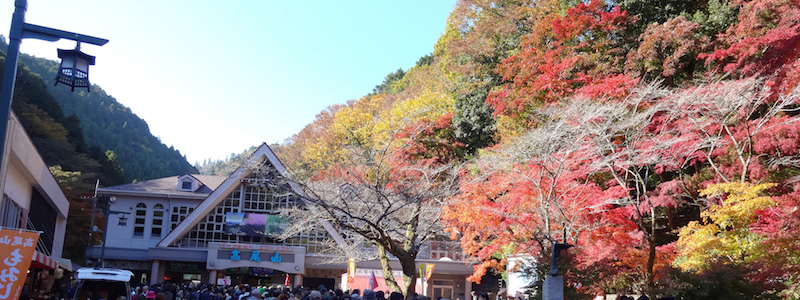
(original photo by Dick Thomas Johnson; CC BY 2.0)
Though Tokyo is often viewed as a concrete jungle, there are plenty of places where the effects of the changing seasons on nature can be seen and appreciated. This guide contains some of the best locations, both in the city…
Shrines and Temples of Nikko
Nikko’s Tōshō-gū (日光東照宮), Futarasan shrine (日光二荒山神社), the 103 buildings of the Rinno-ji (輪王寺) and the ruins that surround it, have all been designated as World Heritage Sites. The most famous of Nikko’s many sights, the Tōshō-gū is a shrine dedicated…
Hiroshima Peace Memorial

(original photo by bryan...; CC BY 2.0)
Serving as a monument to remind of the powerful and disastrous force of the atomic bombing of Hiroshima, this site is also referred to as a “negative heritage”. Until the bombing on the August 6th 1945, the building had been…
Itsukushima Shinto Shrine
Serving as a monument to remind of the powerful and disastrous force of the atomic bombing of Hiroshima, this site is also referred to as a “negative heritage”. Until the bombing on the August 6th 1945, the building had been…
5 Tokyo Stations for Anime Fans
Sound effects and jingles are a big part of everyday life in Tokyo. Among the sounds heard most often in the city are so-called , the tunes played on station platforms when a train is about to leave. In the…
Kichijoji: A Hopping Suburb Outside of the City
Far enough away from central Tokyo to escape the shadow of endless sky-rises, but well-positioned on the Chuo Line for a relatively quick commute into the business district– Kichijoji floats somewhere on the border between big-city Tokyo and quiet suburb.…
Ikedayama – A suburban oasis in central Tokyo
Get off the train at Gotanda and walk north from the station about five minutes and you’ll come to this surprisingly serene Tokyo neighborhood. Ikedayama is named after the Ikeda family of Okayama Castle, whose residence was located here during…
Why you should overnight in Hayama
An hour from Tokyo by car, or 30 minutes from Kamakura, Hayama is a peaceful town in Kanagawa Prefecture, bounded by mountains on one side and the ocean on the other. While the area has become popular in recent years…
Tokyo Flowers in Spring
The smell of spring is in the air, and it seems like everyone is looking forward to the cherry blossoms and making plans for hanami…but what are the other flowers that blossom in the city? Here are some flowers that…
Snowscapes of Japan
The Japanese archipelago is rich in geographical diversity and allows different regions to enjoy different winter sights. Due to the westerlies hitting the rugged, tall mountain ranges cutting through the country like a spine, the western side of the country…
Map of Tokyo & Yokohama
Popular area’s map of Tokyo and Yokohama, published in the booklet version. Click to enlarge.…
“SHINJUKU” Did you know?
This time we will introduce you a very popular city in Tokyo, “Shinjuku” along with characteristic figures and pictures. Viewing the city with figures paves the way to see the unique side of the city, which you won’t be able…
Inside the State Guest House
Visiting Akasaka Palace on one of its open days, you can take a tour through a series of lavishly decorated rooms on the second floor. Signage is in English and Japanese, and audio guides in English, Japanese, Chinese and Korean…
Akasaka Palace – The State Guest House
Wander south of Yotsuya station at the south-east corner of Shinjuku ward and you will find the road widens as it splits, towards Akasaka to the left and Meiji Jingu Gaien to the right. In between, behind tall gates of…
Sites of Japan’s Meiji Industrial Revolution
This addition to Japan’s World Heritage List from July 2015 comprises 23 locations, mainly concentrated along the coast of Kyūshū, which capture the history of Japan’s industrial revolution during the Meiji Era. Japan developed quickly during this period and was…
Machiawase: Tokyo’s Famous Rendezvous Spots
Tokyo is the biggest city in the world, and if you haven’t gotten lost here at least once, you’re not trying hard enough. Even if you manage to keep a track of where you are, arranging to meet someone in…
Shima Onsen
A four-hour bus ride away from Tokyo, overflows with nostalgic charm as well as healing spring waters. The unique hot spring experience found here continues to draw visitors to this isolated spot, deep in the mountains of Gunma Prefecture. The…
Ski Resorts near Tokyo
Every winter, Japan’s mountainous region is transformed into a snow-filled landscape providing great opportunities for winter sports. Known worldwide for its characteristic dry and powdery snow, the Japanese and internationals alike flock to the slopes of Japan’s numerous ski resorts.…
Trip – Shimane and Tottori
Off the beaten path and a little exotic, the San-in Coast offers both the Japanese quintessential temple experience and something a little more unique. Located on the lower western coast of Honshu, the Shimane and Tottori prefectures may not have…
Kamakura Koyo Drive
Kamakura (鎌倉) is a coastal town in Kanagawa Prefecture, which used to be the capital in 12th and 13th century Japan. It’s about an hour driving south of Tokyo. It has a whopping 65 temples and 19 shrines, along with…
Hunting Fireflies
The end of May and throughout June is firefly season in Japan. Beginning with the genjibotaru (ゲンジボタル, laciola), you can spot many different varieties of fireflies near clear streams. Firefly viewing is a time-honored tradition and one of the features…
Jimbocho: Heaven for book lovers
One of the largest secondhand book markets in the world is centered on the intersection of Yasukuni-Dori and Hakusan-Dori in the Kanda district of Tokyo. Known as Tokyo’s book town, Jimbocho (神保町) is home to a concentration of over 170…
Trip to Eastern Akita (3) – Lake Tazawa and Kakunodate
Lake Tazawa (Tazawako) Leaving Tsurunoyu Onsen, we travelled further into the mountains. After about 30 minutes, we suddenly caught sight of the blue of a lake through the spaces in the trees. As the car left the mountain forest, our…
Trip to Eastern Akita (2) – Nyuto Onsen
Following dinner, we set out from Misato-cho for , about an hour and 15 minute drive by car. Our ryokan, a single structure called , maintained a modern appearance amidst the rustic onsen village, situated in a lush forest at…
Michi no Eki: Japan’s Roadside Stations
Japan’s toll-based kōsokudōro (高速道路, expressways) stretch the length and breadth of the country, offering faster and more direct routes between cities than ippandōro (一般道路, regular roads). To make cross-country road journeys more manageable, the expressways have regular service areas with…
Sadogashima (Sado Island)
Sado Island might appear small on the map but its separation from the mainland, as well its diversity of terrain and abundance of nature make it seem much larger than it looks. From the port in Niigata – two hours…
Daikanyama: Shibuya’s Stylish Laid Back Sister
For many first time visitors to Japan, Tokyo is usually defined by the major stations on the Yamanote Line. Shinjuku for department stores and skyscrapers, Harajuku and Shibuya for a glimpse at Japanese youth culture, Akihabara for electronics, games and…
Shiretoko
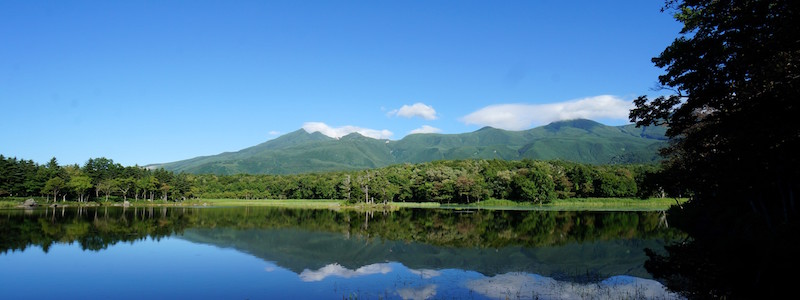
(original photo by Mr Hicks46; CC BY-SA 2.0)
Shiretoko is the southernmost point in the northern hemisphere with seasonal sea ice, which makes it the home for a unique and original natural landscape. It is abundant in marine life represented by salmon, as well as a rich diversity…
Shirakami-Sanchi
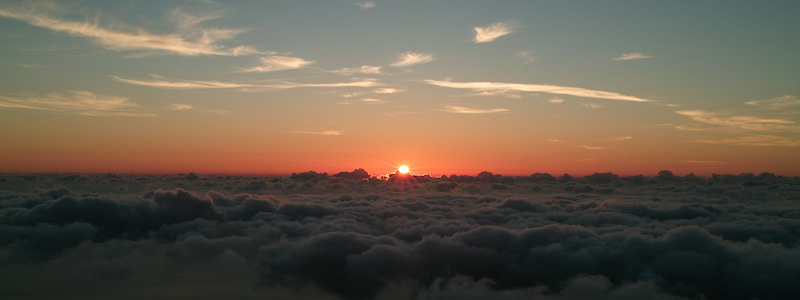
(original photo by 8 og; CC BY 2.0)
Of the 130,000 hectare of mountainous terrain in Akita and Aomori prefecture, more than 17,000 hectare has been designated as a World Heritage Site. This area remains completely untouched by humans and includes the world’s largest beech forest, as well…
Shirakawa-go and Gokayama
This village is famous for its houses with traditionally thatched roofs and its renowned rearing of silkworms. Together with the surrounding mountains and fields, it creates a truly beautiful landscape. Due to the notorious winter snowfalls, this community was occasionally…
Sacred Sites in the Kii Mountain Range
The three sacred mountain ranges Yoshino/Omine, Kumano Sanzan and Koyasan and the connecting pilgrimage path have had an immensely important effect on Japanese religious and cultural growth and exchange. This is a place famous as the origin of the special…
Historic Monuments of Ancient Nara
In Nara, which had been the Japanese capital from 710 to 784, before this moved to Kyoto, you can feel the long lasting effect that religion had, and still has, on the city in the form of Buddhist temples and…
Buddhist Monuments in the Horyuji Area
The Horyuji Temple (法隆寺), which was completed in the year 607, is known as the world’s oldest remaining wooden structure. It was also Japan’s first ever designated World Heritage Site and during the time following its construction had a profound…
Historic Monuments of Ancient Kyoto
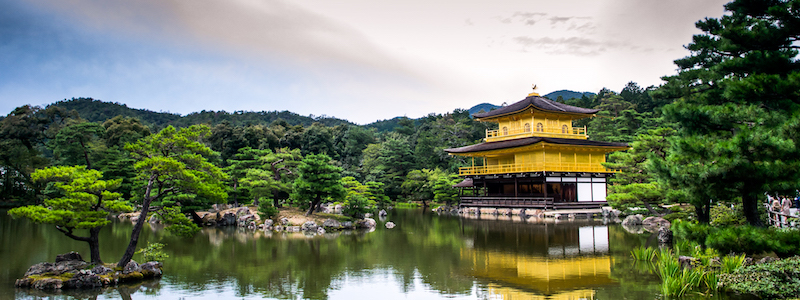
(original photo by Luftphilia; CC BY 2.0)
The ancient monuments of Kyoto are world famous and one of Japan’s most beloved sightseeing spots. The Kiyomizu Temple (清水寺) as well as Kinkakuji (金閣寺, golden pavilion) in Kyoto City, Byodoin (平等院) in Uji City and the Enryaku Temple (比叡山延暦寺)…
Himeji Castle
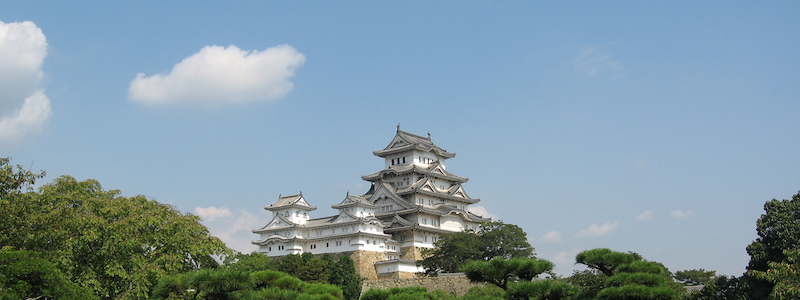
(original photo by jim; CC BY-SA 2.0)
Representative of early 17th century Japanese castle architecture, Himeji Castle (姫路城) is regarded as one of Japan’s most impressive wooden structures. The beautiful white stucco walls make the building not only beautiful to look at, but also act at as…
Iwami Ginzan Silver Mine
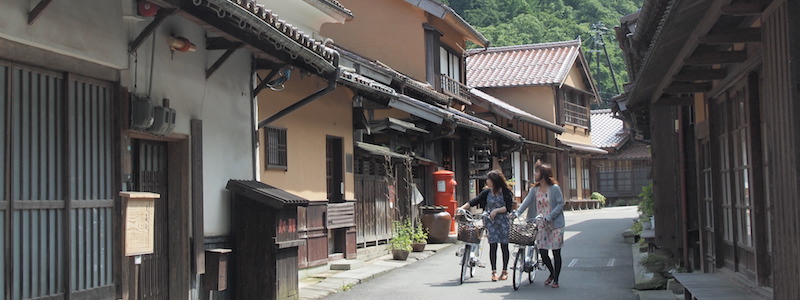
(original photo by yuen yan; CC BY-SA 2.0)
With a history of about 400 years in mining, this is Japan’s most well known silver mine. It is estimated that 30% of the silver that was in circulation during the 100 years between the middle of the 16th and…
Yakushima
Covering an area of roughly 500km2 and a circular circumference of 130km, Yakushima (屋久島) is an impressive granite based island. Despite being a comparatively small island, it has an abundance of mountains over 1,000m, and a climate that ranges from…
Gusuku Sites and the Ryukyu Kingdom
Located mainly in the southern part of Okinawa’s main island are the remains of 9 Ryukyu Kingdom castles. The native word “Gusuku” can be translated directly as “castle”. The Ryuku Kingdom (琉球王国) was established in 1429 and remained an independent…
Trip to Eastern Akita (1) – Misato Town
Situated one hour from Akita Airport by car, a trip to , with its expanse of fields and green mountains that stretch out as far as the eye can see, is enough to release anyone from the oppression of the…
